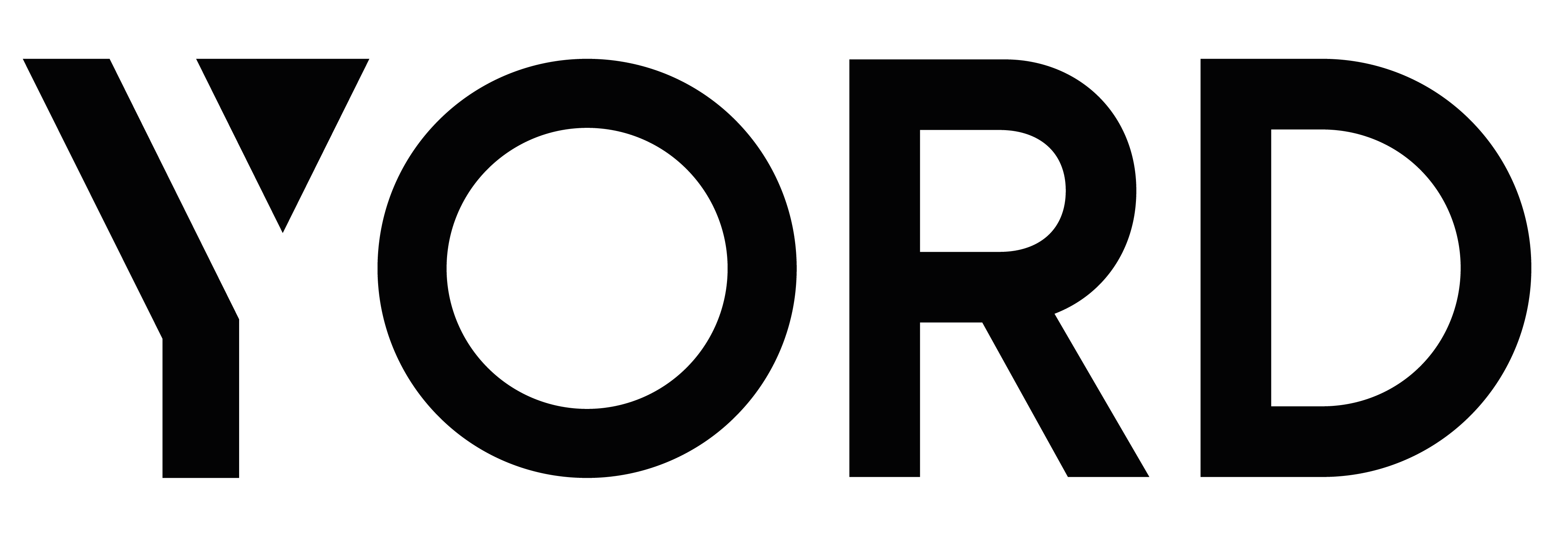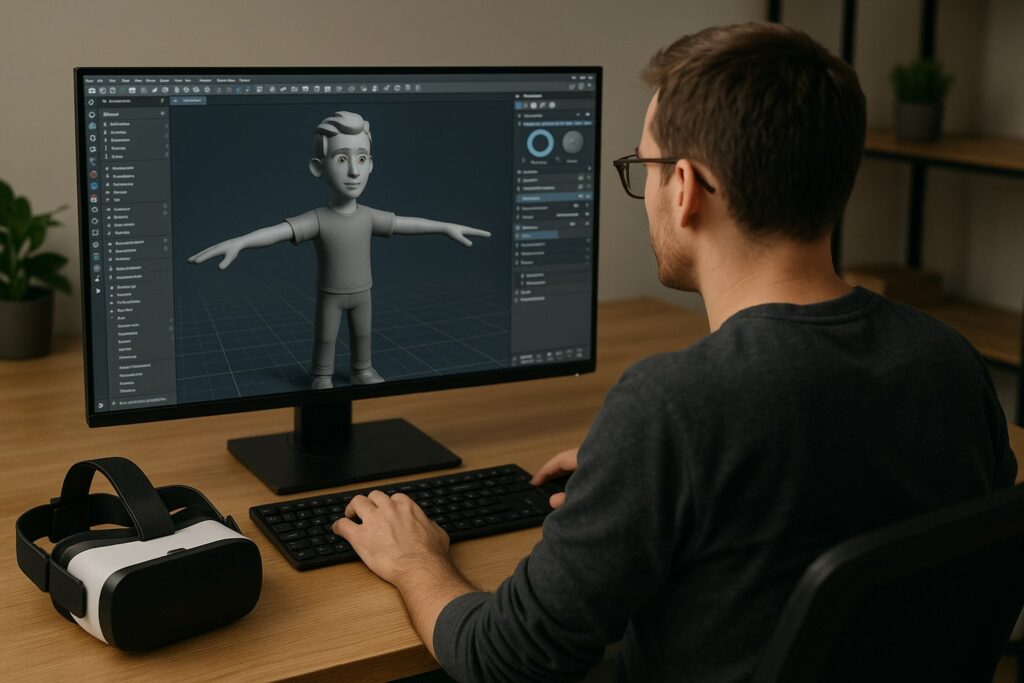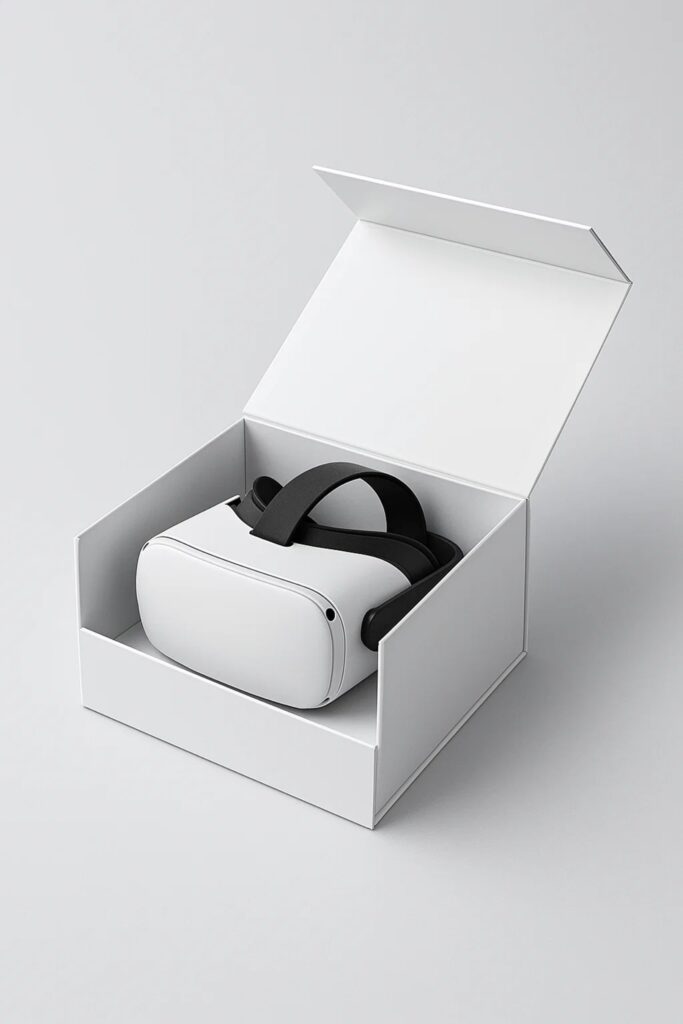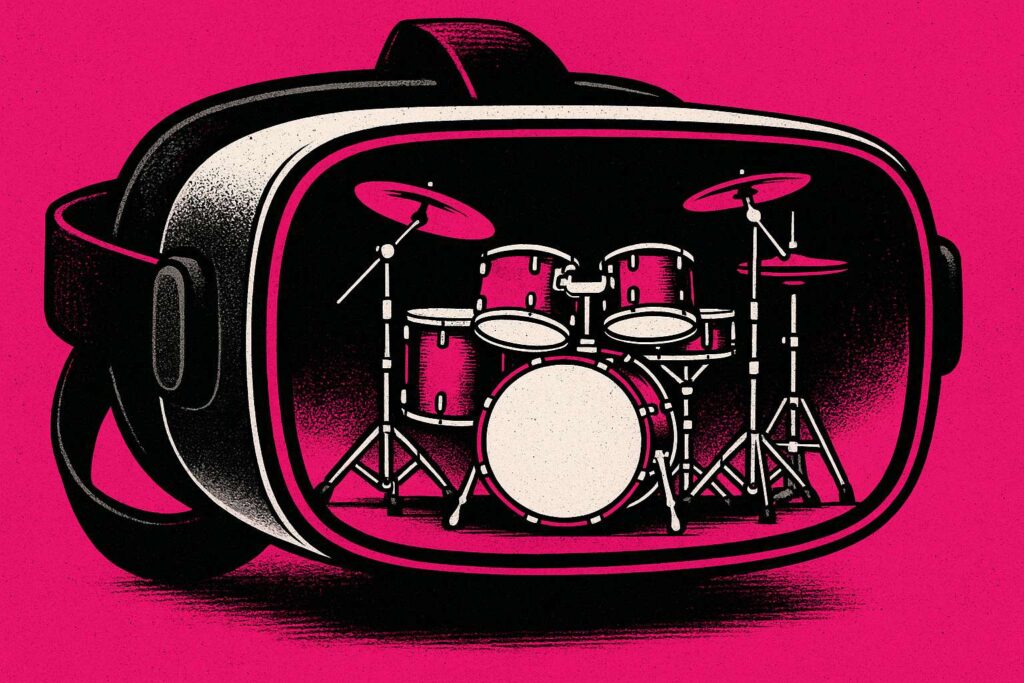Meta has officially announced that Spark AR will cease operations on 14 January 2025. While this news may be disruptive for creatives and marketers, it also opens the door to a new way of thinking about how AR can enhance brand strategies. Augmented reality has already proven to be more than just a creative medium – it drives engagement, organic reach, and brand recall.
AR fosters stronger emotional connections with audiences by inviting users to participate actively in immersive experiences. It’s a tool that builds loyalty, encourages social sharing, and leaves a lasting impression. The research underscores the effectiveness of AR, showing a 70% improvement in ad recall and significantly higher conversion rates—especially when filters are designed to align seamlessly with a brand’s story and visual identity.
With the January 2025 deadline fast approaching, brands should focus on AR’s dual role of inspiring creativity and delivering measurable business results. This is an ideal time to re-imagine how augmented reality can enrich marketing campaigns, strengthen audience relationships, and provide a clear path to increased ROI.
What is Spark AR?

Launched in 2017, Spark AR is a free studio tool from Meta that allows creators to design augmented reality (AR) effects, such as interactive filters, games, and immersive experiences. It enables businesses and individuals to engage millions of users on Facebook and Instagram, making AR alternatives accessible even to small-scale marketers.
Spark AR stands out for its user-friendly design and compatibility with Windows and Mac. It is often compared to creative tools like Sketch and Photoshop but specializes in AR alternatives. and promotions to viral social media effects, from brand promotions to viral social media effects.
But as 2025 approaches, questions like “Why is Spark shutting down?” and “What’s next?”, and “what are the best spark alternatives?” have sparked conversations across the AR community.
Why Did Meta Shut Down Spark AR?
Meta’s decision to discontinue Spark AR aligns with its evolving priorities. Here are the key reasons behind this shift:
- Strategic Focus on Virtual Reality (VR):
Meta is redirecting resources to VR hardware, such as the Quest 3 headset and AR glasses, to build its long-term vision of the Metaverse. - Competition in the Augmented Reality (AR) Market:
Competing platforms, such as Snapchat Lens Studio and TikTok Effect House, outperform Spark AR in terms of user engagement and functionality. - Changing User Needs:
Meta believes the future lies in extended reality (XR) technologies, blending VR and AR alternatives to deliver fully immersive experiences. This shift allows the company to focus on products that better serve these emerging demands.
While the “Meta Spark shutting down” announcement disappointed many, it’s also an opportunity to explore innovative spark alternatives.
Project Spark Shut Down. What now?
The Spark AR shutdown leaves creators, brands, and developers at a crossroads. Does this signify the end of AR innovation? Not. Instead, it’s a wake-up call for businesses to rethink their AR strategies. Exploring new platforms can expand audience reach and introduce fresh, immersive ways to engage users.
Steps to Transition:
Evaluate Current Campaigns:
Review your existing AR effects and prioritize high-performing campaigns. Identify which ones to migrate to alternative platforms based on audience response and brand goals.
Explore Spark Alternative Platforms:
Research and test tools that align with your creative vision and technical needs. Don’t limit yourself to social platforms—consider AR solutions that integrate with websites, apps, and XR devices.
Partner with AR Specialists:
Consult experts to ensure a seamless transition and create innovative campaigns that leverage new technologies effectively.
Monitor Emerging XR Trends:
Stay informed about Meta’s XR ecosystem developments, such as new AR/VR hardware. These advancements may offer untapped opportunities for immersive storytelling.
Spark AR marks the start of a new era for AR alternatives, with businesses able to adopt advanced solutions for better results. New techs like Quest 3 and AR glasses are expanding the reach of AR. WebAR makes campaigns more accessible without dedicated apps. As AR evolves, it will become an essential marketing tool in 2025. Platforms like TikTok and Snapchat offer ways to connect with audiences and boost engagement through AR. By embracing these innovations, brands can turn the Spark AR shutdown into an opportunity to innovate, strengthen audience relationships, and maintain a competitive edge.
The Best Spark Alternatives in 2025
With Meta’s Spark AR shutting down, creators and brands are searching for effective alternatives to keep delivering impactful augmented reality (AR) experiences. Here are the top platforms to consider for your AR needs in 2025:
1. TikTok Effect House
TikTok’s Effect House offers an intuitive and robust AR creation platform tailored for its vast audience of over 1 billion global users. Tools like Body Avatar Drive, sky segmentation, and AR placement allow creators to develop engaging and viral AR effects.
Why TikTok Effect House Stands Out:
- Branded Effects: Custom AR effects designed for brands deliver outstanding results, such as increased engagement and higher ROI.
Example: Bomb Pop’s campaign saw a 13.2% lift in ad recall, a 10.5% rise in brand awareness, and 37.4 million impressions—a testament to the platform’s potential. - Effect Creator Marketplace: This new feature facilitates seamless brand-creator collaborations, enhancing personalized and targeted campaign opportunities.
- Advanced Features: Branded Effects now include calls-to-action and retargeting, giving marketers more tools to drive conversions.
✅ Pros:
- Beginner-friendly interface with excellent learning resources.
- Substantial monetization opportunities for creators.
- Access to TikTok’s massive, highly engaged user base.
❌ Cons:
- Limited to TikTok’s ecosystem.
- Best suited for front-facing camera effects.
Case Study: Bomb Pop – Exploding Awareness on TikTok
To reintroduce the Bomb Pop brand to a younger audience during the Fourth of July, TikTok’s #AFlavorForEveryYou campaign combined Branded Missions, Hashtag Challenges, and a custom Branded Effect.
Results:
- 40,600 user-generated videos.
- 37.4 million impressions.
- An 11% engagement rate, driving the brand’s best sales for the holiday.
2. Snapchat Lens Studio
Snapchat’s Lens Studio is known for its advanced 3D modeling and scripting tools, which are ideal for professional-grade AR experiences. Unlike TikTok, it excels in creating immersive rear-camera AR effects, such as world lenses.
Why Snapchat Lens Studio Stands Out:
Snapchat’s AR lenses drive 5x more active attention than other platforms, engaging users for an average of 12.6 seconds per lens. This makes it a go-to platform for brands focused on delivering visually compelling and interactive campaigns.
✅ Pros:
- Offers powerful tools for 3D modeling, animations, and object recognition.
- Enables the creation of intricate spatial AR projects.
- Lenses can be shared via custom Snapcodes for seamless distribution.
❌ Cons:
- Smaller user base compnot onlykTok.
- Perceived as more also appealing to younger demographics.
Case Study: Ounass Ramadan Campaign
Luxury eCommerce brand Ounass used Snapchat’s lenses during Ramadan to connect with culturally relevant themes. Results:
- Achieved an 8.7x ROI.
- Lowered cost-per-order by 75%.
- Attracted 1.8x higher quality new users compared to other platforms.
Snapchat Lens Studio continues to prove itself as a leader in blending creativity with measurable marketing outcomes.
3. WebAR
WebAR offers a frictionless approach to AR by delivering experiences directly through web browsers, eliminating the need for app downloads on platforms like ZapWorks and WEB-AR. Studio empowers brands to create interactive and scalable campaigns with ease.
Why WebAR Stands Out:
WebAR’s compatibility across devices and industries makes it a versatile solution for brands. By leveraging real-time analytics and interactive storytelling tools, businesses can craft AR campaigns that drive engagement and conversions.
✅ Pros:
- No app downloads are required and accessible directly via web browsers.
- Real-time performance tracking through analytics.
- Scalable deployment across industries and platforms.
❌ Cons:
- Limited animation complexity due to file size constraints.
- Dependent on internet speed and device capabilities.
Case Study: AR Studio Results
WEB-AR Studio’s WebAR campaigns delivered exceptional results:
- 2.5-minute average dwell time.
- 50% boost in transaction value.
- 25% increase in customer acquisition.
These metrics highlight the power of WebAR to create seamless, impactful experiences with minimal barriers to entry.
Conclusion
Each spark alternative brings unique strengths:
- TikTok Effect House excels in virality and creative reach.
- Snapchat Lens Studio is ideal for immersive, spatially intricate campaigns.
- WebAR offers unparalleled accessibility and scalability.
The choice depends on your brand’s goals, audience, and technical requirements. By leveraging these tools, you can continue to harness AR’s potential to captivate audiences and drive results in 2025.
Looking Ahead: Creating Better AR Solutions
The AR alternatives’ landscape is evolving, driven by new tools, platforms, and technologies. Whether leveraging XR devices like Meta’s Quest 3 or experimenting with WebAR’s browser-based flexibility, the potential for immersive storytelling and brand engagement is limitless.
For creators and brands, this is a chance to push boundaries and develop AR solutions that meet today’s needs and define tomorrow’s possibilities. The shutdown of Spark AR isn’t the end of AR—it’s the beginning of a new chapter.
Bring your vision to life! Explore our innovative AR solutions, choose the perfect application for your business, and let us help turn your ideas into reality. Get started now!
👋 get in touch
By clicking the “send” button, I agree to the collection and processing of my personal data as described in the Privacy Policy.





